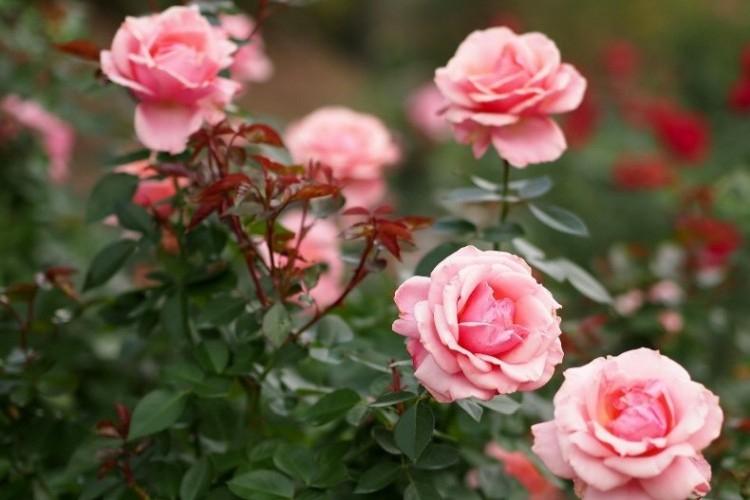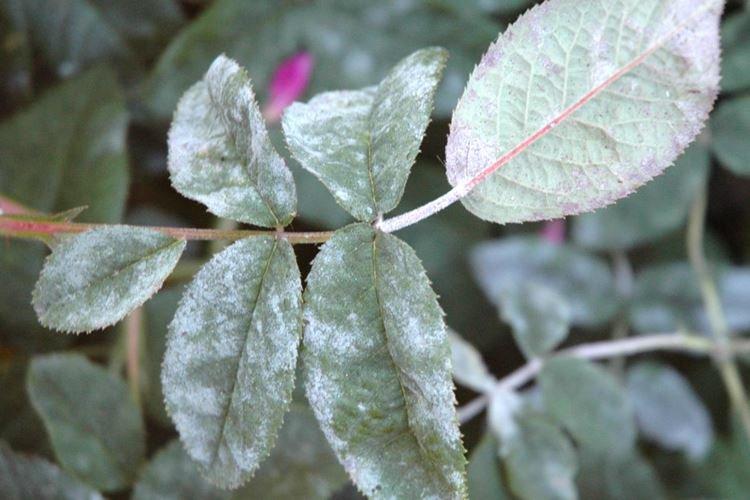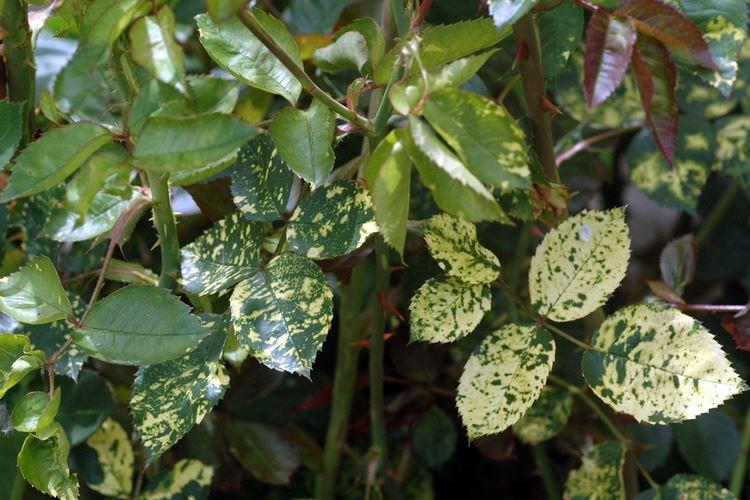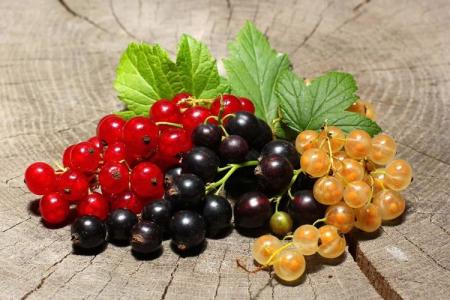
Contrary to stereotypes - roses are not too capricious and demanding. But even this queen of the garden is not immune from disease, and she may herself become a carrier of infection. Therefore, it is important to find the problem as soon as possible. We have prepared for you a selection of the most common rose diseases with descriptions and photographs, and we also learned the most relevant methods of treatment!
1. Rust
Red spots on the leaves, and later on young shoots, are a sure symptom of rust. This disease is characterized by a high spread rate of fungi. Myceliums with spores are formed on the reverse side of the plates in the form of tubercles.
In the spring, perform thinning pruning, and in the fall, remove all dry and damaged branches. For the winter, treat roses with copper sulfate, and for treatment, use complex preparations based on copper and zinc. Fungicides like Topaz and Bayleton show good results, as well as immunomodulators like Zircon and Immunocytophyte.

2. Powdery mildew
The disease is easy to notice by the white and seemingly fluffy bloom on the leaves, but it hardly touches flowers with buds. In the case of roses, the spots first take on a reddish-purple hue. This is a real scourge of the entire garden and vegetable garden, because spores are carried through the air, during watering, on rainy days or together with insects.
Moderate humidity and air circulation are important for prevention. Do not overflow the bushes, thin branches regularly, and do not overuse nitrogen fertilizers. Spray roses with mullein infusion once every one and a half weeks, and when forming buds, treat with Fundazol, Topsin-M or analogs.

3. Gray rot
Unlike root fungi, gray mold travels down the plant from the top and does not rise from the base. Dark spots on the stems gradually spread and encircle them. Leaves are covered with yellow streaks, and later - a fluffy bloom of spores.
Avoid excess moisture and always thin out roses to circulate air. Treat plants with immunomodulators and antiseptics, for example, potassium permanganate. Cut the damaged areas completely, and treat the bushes several times with fungicides - Fundazol, Euparen and their analogues.

4. Stem cancer
This is a fungal disease that spreads during the dormant period and quietly gains strength until the peak of the season. The slightest mechanical damage, cracks from frost, sloppy cuts from trimming - all this is like an invitation for an infectious burn. Increased humidity and an excess of nitrogen double the spread.
All types of roses are susceptible to stem cancer, and in a neglected state it can destroy the entire planting. Brown ulcers appear on the stems, which gradually spread and encircle the shoots. It is important to remove the damaged areas as carefully as possible so as not to damage the foci with spores.
Small defects can be simply cleaned up to healthy tissue with a clerical knife. Treat all sections with an antiseptic and garden varnish. Cover the roses from freezing, but first treat with vitriol. In the spring, spray the rose garden with Bordeaux spore-killing liquid.

5. Peronosporosis
In summer, the leaves are covered with chaotic red-purple spots of arbitrary shape. The buds darken and die, the stems crack, and a light whitish bloom appears on the back of the plates. This is downy mildew, which is provoked by high humidity and low temperatures.
Diseased rose bushes must be carefully dug up and destroyed so that the fungus does not spread further. For treatment, use complex fungicides, such as Strobi or Ridomil. For prevention, spray roses with preparations based on copper and zinc, and also do not forget about potassium and phosphorus dressings.

6. Mosaic
An incurable viral disease at first seems like a bizarre decorative effect. The leaves of the rose are covered with chaotic yellow spots that form bizarre patterns. But then they weaken, wither, deform and fall off.
Mosaic is dangerous for most horticultural and horticultural crops, so the affected bush should be destroyed as soon as possible. Plant only healthy seedlings, disinfect the soil, roots and all tools. Roses need good lighting, ventilation, fertile soil and feeding on a schedule to strengthen immunity.

7. Black spot
The fungus is easily tolerated and develops during prolonged rains or high humidity. It infects the plant completely, and the rose becomes covered with dark spots that grow rapidly. The bush weakens, and the leaves gradually fall off, starting from the top.
Damaged plant fragments must be unconditionally cut and burned, and all sections must be treated with garden varnish. Before sheltering, spray roses with vitriol. Suitable for treatment are fungicides containing copper and zinc, such as Fundazol or Kaptan.




